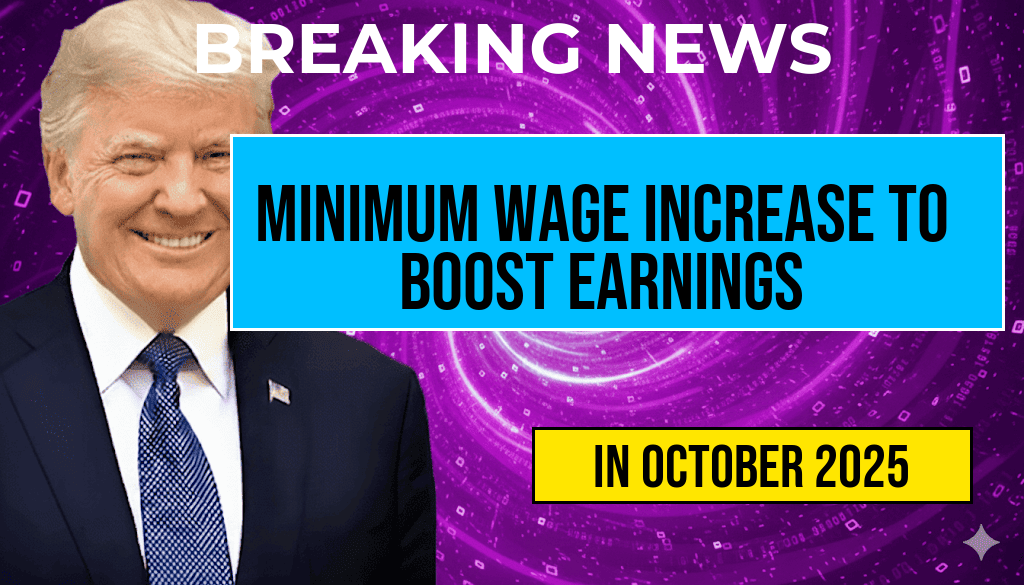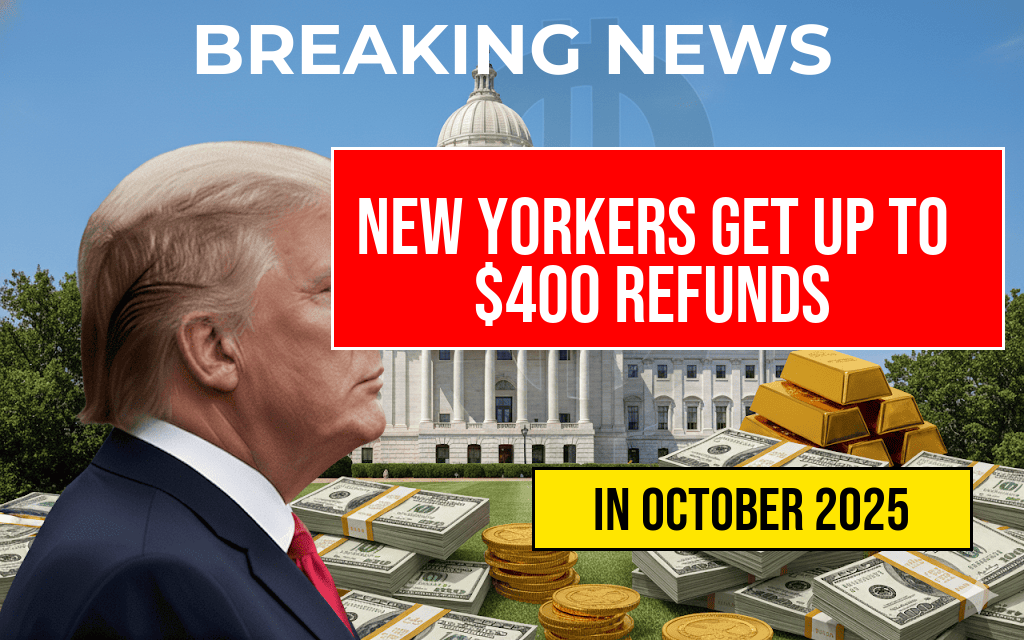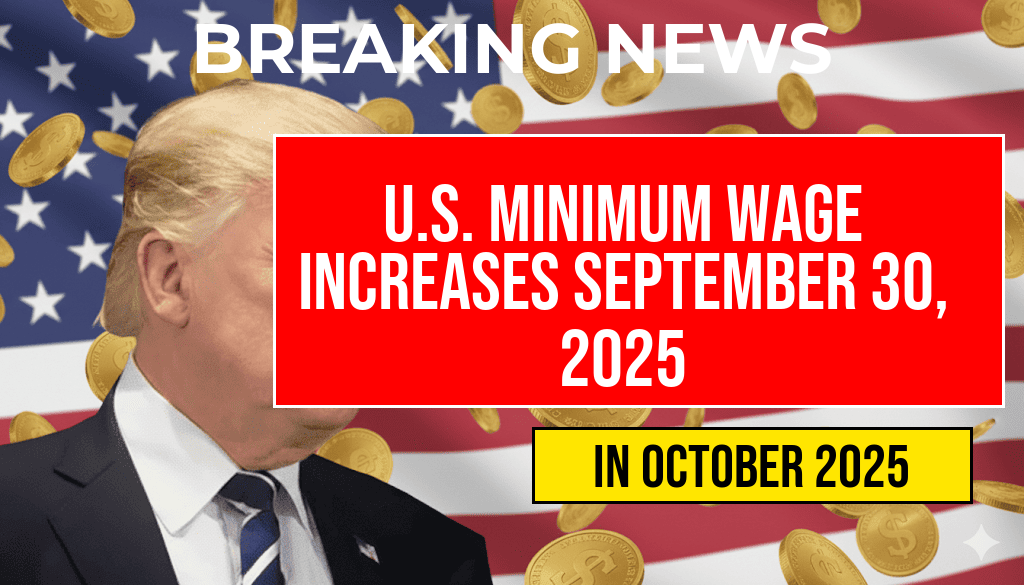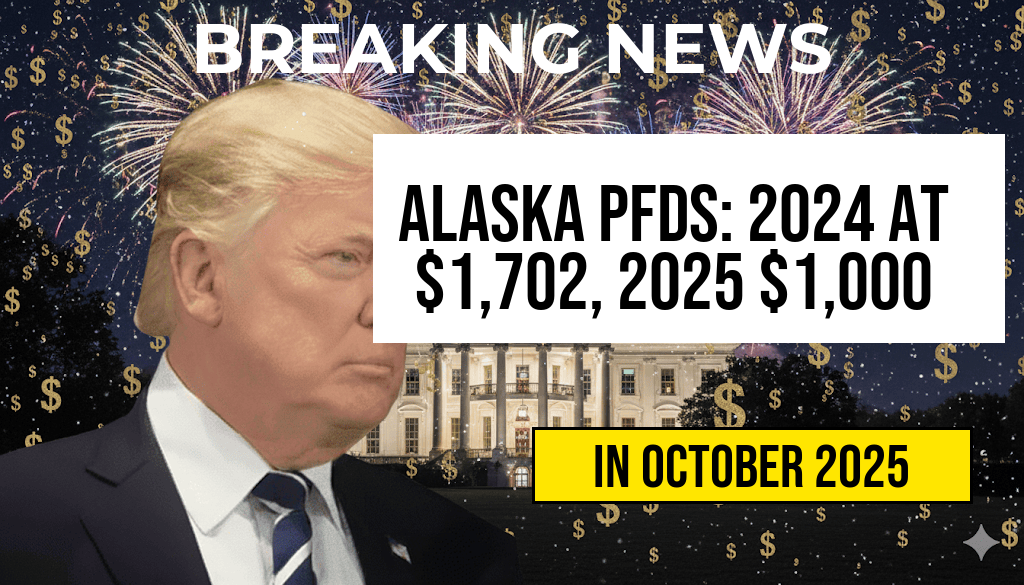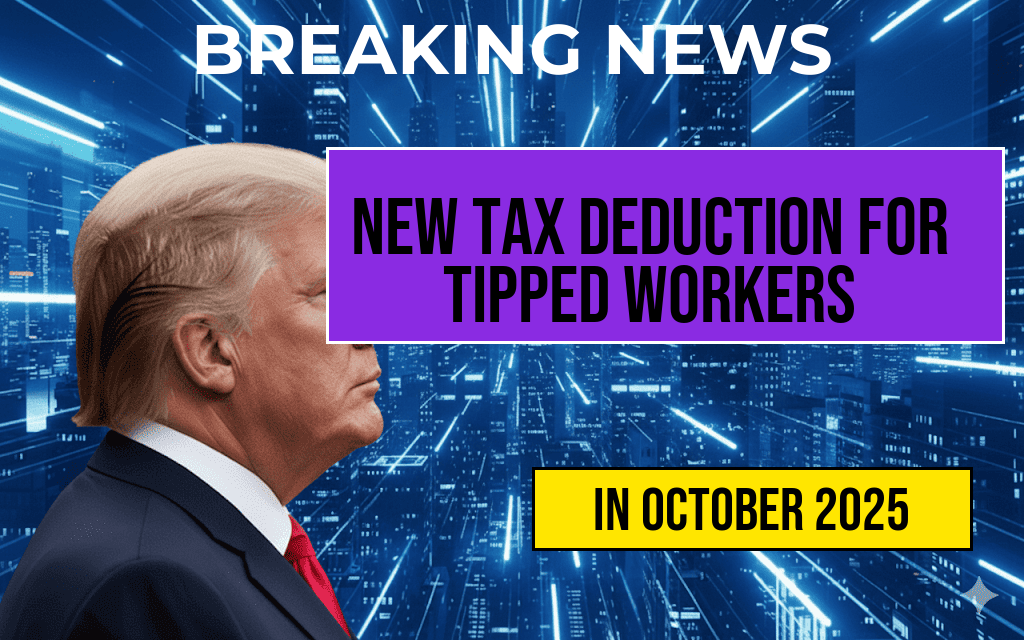The U.S. minimum wage is set to increase on September 30, 2025, following a recent legislative decision aimed at providing greater economic support for workers across the country. This increase is part of a broader initiative to address rising living costs and wage stagnation that many employees have faced in recent years. The new federal minimum wage will rise to $15 per hour, a significant jump from the current rate of $7.25, which has remained unchanged since 2009. As this change approaches, states and municipalities are preparing to adjust their wage structures, and many employers are evaluating how this increase will impact their operations and workforce. This article provides a complete list of the upcoming hourly wages and the implications of the increase on various sectors.
Details of the Minimum Wage Increase
The decision to implement a federal minimum wage hike comes amid ongoing debates about economic inequality and the necessity for living wages. The increase to $15 per hour is intended to help workers meet the rising costs of basic necessities, including housing, food, and healthcare.
State-by-State Breakdown
As the new federal minimum wage takes effect, individual states may choose to adopt higher rates, reflecting local economic conditions. Below is a comprehensive list of states and their minimum wages post-increase:
| State | Current Minimum Wage | New Minimum Wage |
|---|---|---|
| Alabama | $7.25 | $15.00 |
| California | $15.00 | $15.00 |
| New York | $15.00 | $15.00 |
| Texas | $7.25 | $15.00 |
| Florida | $11.00 | $15.00 |
| Washington | $15.74 | $15.74 |
| Massachusetts | $14.25 | $15.00 |
| Illinois | $13.00 | $15.00 |
Implications for Workers and Businesses
The increase in minimum wage is expected to have a significant impact on both workers and businesses. For employees, the adjustment provides an opportunity for improved financial stability, allowing them to afford better housing and healthcare options. Many advocates argue that this increase will help reduce poverty levels and stimulate economic growth by increasing the purchasing power of low-wage workers.
However, businesses, especially small enterprises, may face challenges in adapting to the higher wage structure. Some may respond by raising prices, reducing hours, or even laying off employees. Industry experts recommend that businesses prepare for this transition by reviewing their budgets and exploring ways to increase productivity without sacrificing employee welfare.
Future Considerations
The upcoming wage increase also raises questions about future adjustments to the minimum wage. Many advocacy groups are pushing for further increases tied to inflation and regional cost-of-living indexes. The dialogue around worker compensation continues to evolve, and it remains to be seen how this change will influence legislative efforts at both state and federal levels.
Resources for More Information
For those seeking further details on the minimum wage increase and its implications, the following resources provide comprehensive insights:
- Wikipedia: Minimum Wage
- Forbes: Minimum Wage Increase Overview
- U.S. Department of Labor: Minimum Wage Information
As the date approaches, both employers and employees will need to stay informed and prepared for the changes ahead, ensuring that the transition to a higher minimum wage is smooth and beneficial for all parties involved.
Frequently Asked Questions
What is the new U.S. minimum wage effective September 30, 2025?
The new U.S. minimum wage will increase to $15 per hour, reflecting a significant step towards ensuring a livable income for all workers.
How does the upcoming minimum wage increase affect different states?
Each state may have its own specific minimum wage laws, and while some may adopt the federal rate of $15 per hour, others may set a higher rate based on local economic conditions.
Are there any exceptions to the new minimum wage rate?
Yes, certain workers, such as tipped employees and those in training programs, may have different minimum wage regulations that apply to their specific situations.
When was the last time the federal minimum wage was increased?
The federal minimum wage was last increased in 2009, making this upcoming adjustment in 2025 a significant change after more than a decade.
How can employers prepare for the minimum wage increase in 2025?
Employers can prepare by reviewing their payroll systems, budgeting for the increased labor costs, and ensuring compliance with both federal and state minimum wage laws.


